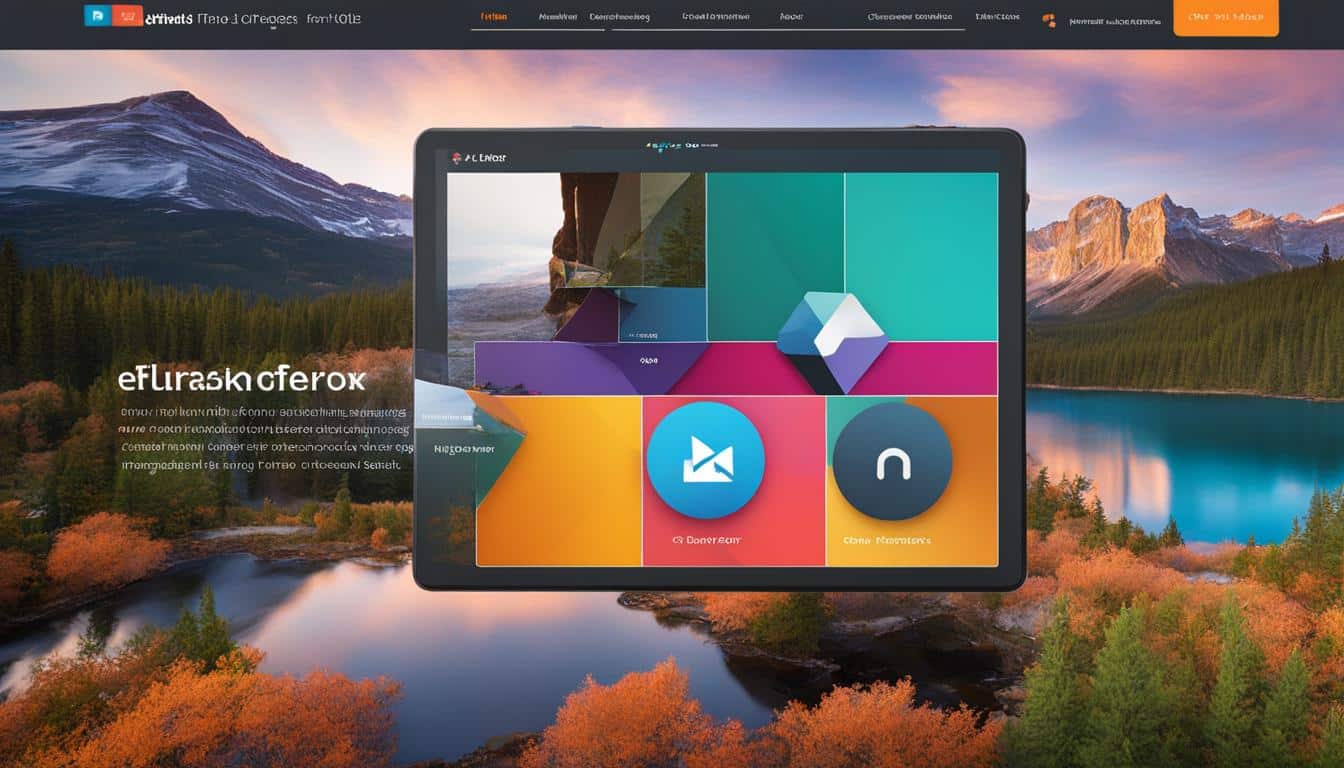
Welcome to my expert educational website design services. As a professional in the field, I understand the importance of creating user-friendly and visually appealing websites that enhance the learning experience. Whether you're a school, an e-learning platform, or any educational institution, I can help you optimize your online presence and achieve your goals.
Through extensive research and a deep understanding of industry-specific trends, I can assess your current digital maturity and identify opportunities for improvement. By aligning your organizational objectives with user journeys, I will create a tailored digital roadmap that integrates your context and opportunities.
I offer comprehensive services, including conducting team and organization-wide learning needs analyses, designing and implementing development strategies, and co-creating interactive, user-centered learning programs. With my expertise, your educational website will be designed to be goal-oriented, user-centered, and visually appealing.
Using advanced technologies and integrated learner management systems, I will take your learners on a transformative journey that elevates their understanding and experience of the subject matter. Additionally, I can assist you in designing and implementing a learning management system and social learning tools that align with your organizational goals and needs.
Key Takeaways
- Educational website design plays a crucial role in enhancing the learning experience.
- Conducting research and aligning user journeys with organizational objectives is essential for effective website design.
- Interactive and user-centered learning programs are vital for engaging learners.
- Utilizing integrated learner management systems and digital technologies improves accessibility and enhances the learning experience.
- Designing and implementing a learning management system and social learning tools aligns with organizational goals and needs.
Creating Engaging and User-Friendly Educational Websites
When it comes to educational website design, creating an engaging and user-friendly experience is crucial. Whether you're designing a website for higher education, primary and secondary schools, or online learning platforms, there are key elements to consider. Let's explore some best practices for creating educational websites that capture attention and provide a seamless user experience.
Higher Education Websites
For universities and colleges, it's important to create a landing page that is simple yet striking. One way to achieve this is by incorporating a hero image that showcases what makes the institution unique. A clean and intuitive design with easy navigation is essential to engage prospective students. Highlighting the school's programs, campus facilities, and notable achievements can help create a captivating first impression.
Primary and Secondary School Websites
When designing websites for elementary and high schools, the focus should be on engagement and showcasing the school's unique offerings. Interactive photos, videos, and testimonials from students and teachers can create an immersive experience. Clear and easy navigation is key to helping parents and students find the information they need, such as academic programs, extracurricular activities, and contact details.
Online Education Platforms
For online education and e-learning platforms, a clean and minimalist design is recommended. This helps reduce distractions and allows for easy navigation. Mobile responsiveness is crucial, as learners may access the platform from various devices. Providing clear course information, interactive learning materials, and progress tracking features can enhance the user experience and facilitate effective online learning.

| Key Elements for Educational Website Design | Examples |
|---|---|
| Appealing appearance | A clean layout, attractive colors, captivating images. |
| Intuitive navigation | Clear and easy-to-use menus, search functionality. |
| Engaging content | Interactive elements, videos, testimonials. |
| Mobile responsiveness | Adapting to different devices and screen sizes. |
| User-friendly interface | Easy-to-read fonts, accessible information. |
By incorporating these best practices, educational websites can enhance user engagement and provide a seamless learning experience. Whether it's through compelling design, intuitive navigation, or engaging content, creating user-friendly educational websites is essential in today's digital age.
Must-Have Features for Education Website Design
When it comes to designing an educational website, there are several key features that should not be overlooked. These features are essential for creating an engaging and user-friendly online learning platform that meets the needs of students, teachers, and administrators alike.
First and foremost, the appearance of the website plays a crucial role in capturing the attention of visitors. A clean layout, attractive colors, captivating images, and easily readable fonts are all important elements to consider when designing an educational website. These visual aspects help create a positive first impression and enhance the overall user experience.
In addition to aesthetics, functionality is equally important. The website should include an authentication page and profiles for students and teachers, each with different features and access to course information. Furthermore, a dashboard feature is essential, allowing students and teachers to track course progress, submit assignments, and receive feedback.
Another critical aspect of educational website design is navigation. The website should have well-organized menus and clear calls-to-action, making it easy for users to find the information they need. User-friendly navigation enhances usability and ensures a seamless learning experience.
By implementing these must-have features, educational websites can deliver a high-quality learning experience that engages users and promotes effective knowledge acquisition. These features, combined with educational website templates, responsive web design, and optimization best practices, will pave the way for successful online education.
FAQ
What are the important factors to consider when designing an educational website?
When designing an educational website, it is important to consider factors such as appealing appearance, clean layout, attractive colors, captivating images, easily readable fonts, authentication page and profiles for students and teachers, a dashboard for course progress tracking, well-organized navigation, trustworthiness, mobile responsiveness, and flexibility to adapt to changing trends.
What are the key elements to focus on when designing higher education and professional school websites?
When designing higher education and professional school websites, it is important to focus on having a simple and striking landing page, a hero image showcasing the uniqueness of the university or college, clean design, intuitive navigation, and a layout that holds the attention of prospective students.
What should be the main considerations when designing elementary and high school websites?
When designing elementary and high school websites, the main considerations should be engagement and showcasing the school's unique offerings. Interactive photos and clear navigation are essential for these websites.
What should be the design approach for online education and e-learning websites?
Online education and e-learning websites should have a clean, minimalist design that allows for easy navigation. Mobile responsiveness is also crucial for these platforms.
What are the must-have features for educational website designs?
The must-have features for educational website designs include an appealing appearance, authentication page and profiles for students and teachers, a dashboard for course progress tracking, well-organized navigation, a message that conveys trustworthiness, mobile responsive design, and flexibility to adapt to changing trends for optimized user experience.











